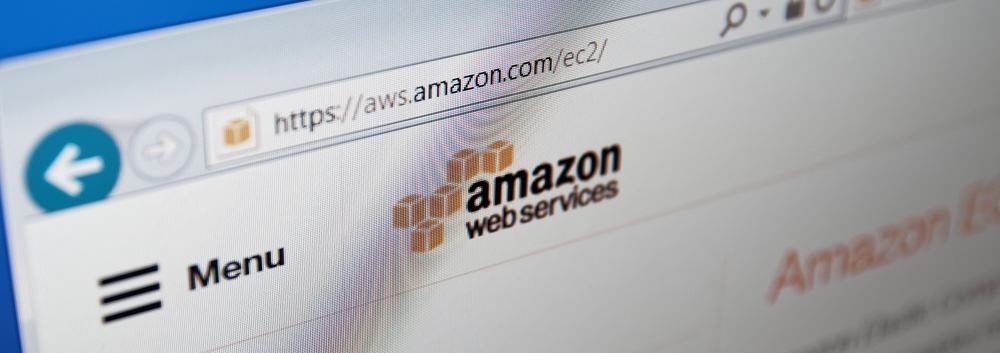
We are always hunting for new ways to optimize our clients’ online web store properties, so that they generate not only more sales, but larger average transactions. So with that I thought I’d share with you the following revenue boosting secrets for your online store.
The secrets I outline below work for all ecommerce platforms, no matter what they are, however we have found easiest implementation with two selling tools: We build all our clients stores in either Shopify or using SamCart. The former is a versatile ecommerce platform that lets you build complete stores that are highly secure and scaleable. So we start all our small clients on the platform with templated stores. We also launch our large clients on Shopify too, because it is very customizable. SamCart, meanwhile, is a shopping cart to drive direct sales, and has a wicked upsell capability.
Ok, on to our revenue boosting secrets:
1) The magic red button:
I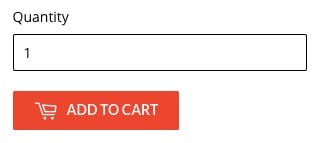 n most of the world red means stop. But we will often switch our “Buy Now”, “Checkout” or “Add to Cart” buttons to the color red (or a shade of red in same cases). We saw average uptick of 18% click rate when we did this on three different websites, and across both SamCart and Shopify. Here’s the rationale: Red is a striking color and rarely is anything on a designed page the color red. Red is an attention getting color, and people apparently love to click on red buttons. It doesn’t mean stop. It means go buy. Try it yourself. It’s a killer ecommerce hack.
n most of the world red means stop. But we will often switch our “Buy Now”, “Checkout” or “Add to Cart” buttons to the color red (or a shade of red in same cases). We saw average uptick of 18% click rate when we did this on three different websites, and across both SamCart and Shopify. Here’s the rationale: Red is a striking color and rarely is anything on a designed page the color red. Red is an attention getting color, and people apparently love to click on red buttons. It doesn’t mean stop. It means go buy. Try it yourself. It’s a killer ecommerce hack.
2) Always Be Selling:
 “Do you want fries with that?” is the ubiquitous question asked at McDonalds, but did you ever wonder why?
“Do you want fries with that?” is the ubiquitous question asked at McDonalds, but did you ever wonder why?
Because when people are in a buying mood they will almost always say “yes” to upsells. In fact they say yes to upsells 33% of the time, if there is a good deal to be had. That is because there is a thrill when buying and the feel good-brain chemicals keep flowing the more you keep the “buying process going. (The downside is when this subsides there can be buyer remorse when the natural high runs out, but curiously it doesn’t result too often in returns.).
3) Where the profit is:
As I said in #2, McDonald’s always asks: “Do you want fries with that?” or sometimes “Do you want to upsize that?”. Here is a second reason they do that. The item they are offering as an add-on is — get this — a massively high-margin item. There’s little profit in hamburgers, but fried potatoes? The hot little tasty savory add-on is almost all profit. So just before final checkout, ask if they want something else, and make sure it is a high-margin product for you to maximize your average checkout transaction.
4) Make your guarantee awesome and outrageous:
Promise the world when you sell, and promise extremely easy and flexible returns. Why would you make your life so difficult? I mean, let’s be real, returns are hassle for a vendor. They cut into your bottom line. And you work hard for the sale, why would you want to make it easy to undo it? Simple. Because you’ll sell more. Once a product is in the hands of the buyer, unless they experience extreme buyer’s remorse, they typically will not go to the trouble of returning a product. Why? Because they don’t want to tell the seller why. (It’s embarrassing for many.) It takes their time to reach out and return the product. And it’s an overall perceived hassle. So, in your pre-sell process, be sure to make it clear that returns are easy and frictionless, and that the buyer has lots of time to change their mind. That’s because the buyer will have one less excuse to not buy. If they feel good that they can change their mind after the sale, then they will more likely complete the initial transaction. AND be sure to make good on any refunds or returns. Still, more people will buy because of the great guarantee. And few will ever make the effort to return a product. The net result? More sales.
5) Keep the gravy train rolling:
After a buyer completes the transaction, be sure to send them an email immediately that adds yet another offer. Give them free shipping or a 2 for 1 deal or something else. Work to get them to come back immediately. And limit the offer to 7 days. Expire the coupon and let them know with hours to spare. Scarcity drives sales.
6) ABT – Always Build Trust:
Your store’s checkout page should have your phone number, address and testimonials. Create trust with your design and be transparent about how they can reach you. After their first purchase, tell them how special they are. Offer them hidden unpublished deals. People like to feel special and they love to be treated well. As trust develops, they will be more inclined to buy a 2nd and 3rd time. Why? Because you have proven that you keep your promises, they feel safe in doing business with you, and that will lead to more sales from them in future.
Andy Walker is a digital marketing strategist and owns the Niagara-based agency Cyberwalker Digital. http://cyberwalkerdigital.com


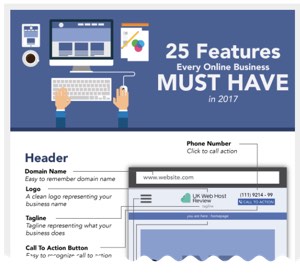

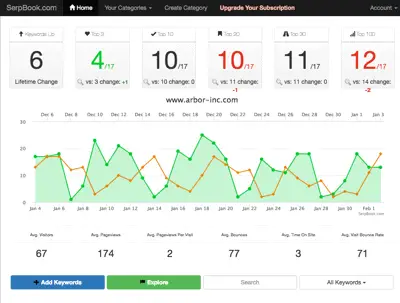
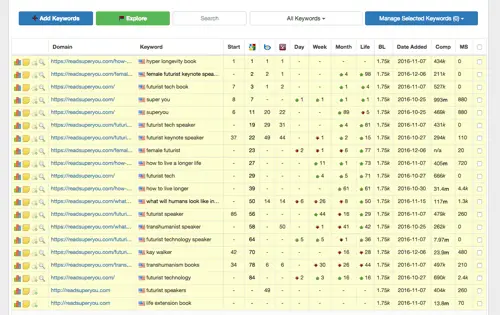 What we like about this product is a few key features:
What we like about this product is a few key features: